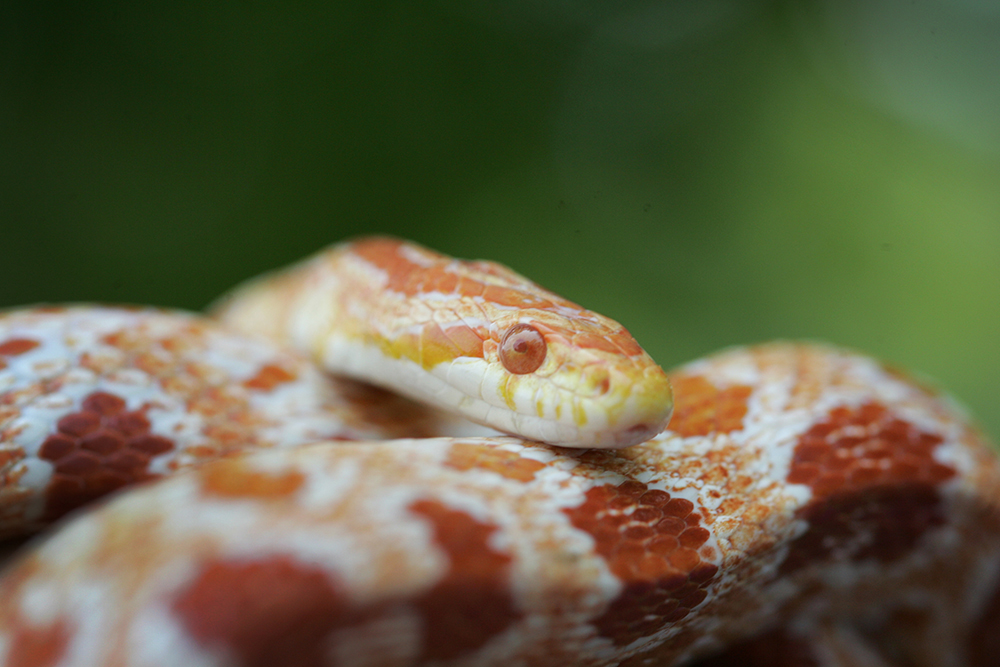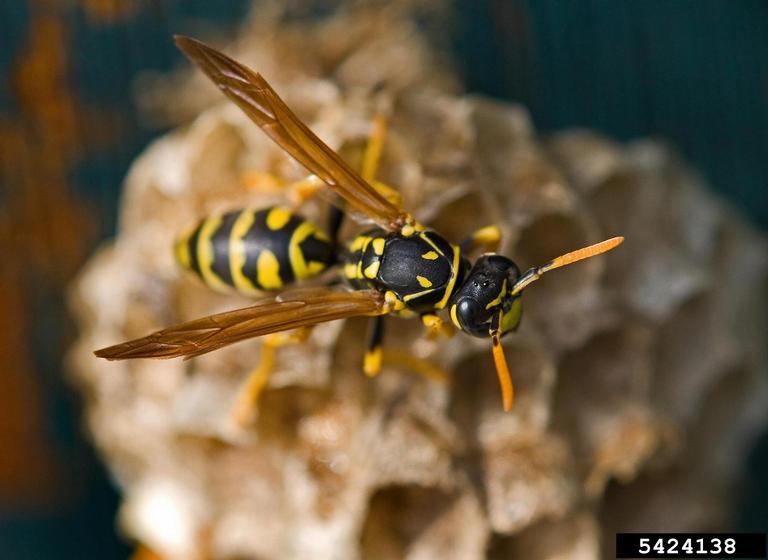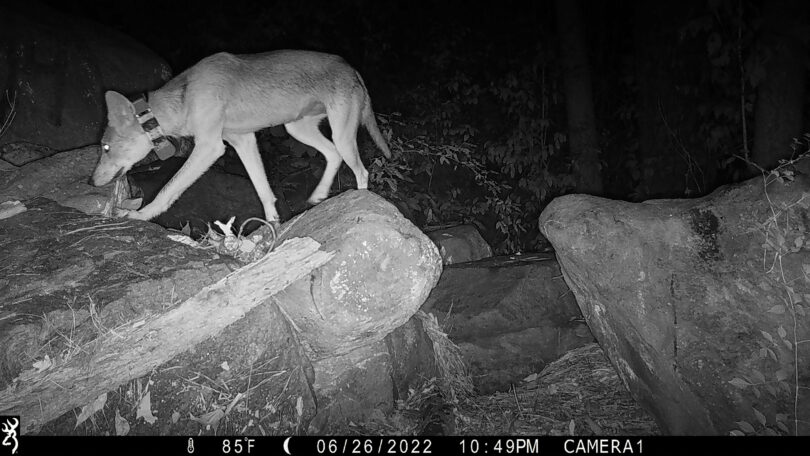From the Book of Genesis to modern times, snakes have instilled a deep-seated fear in many people unmatched by any other animal. Violence toward snakes seems to be humans’ most common initial reaction, but there is no rational explanation for the oppression of snakes throughout history.
The majority of human-snake encounters occur in passing. Snakes often slither across the grass in the backyard or in the hay barn. In most cases, snakes are killed with no regard to species or whether they’re venomous and nonvenomous. In many cases, killing snakes promotes other unwanted vermin because snakes are ecologically beneficial. They keep pests like rats, mice and some insects in check and removing snakes can cause significant damage to crops, structures and human health.
While snakes can provide significant ecological benefits, they can also become a nuisance. In addition to the fear that snakes impart in many people, they cause issues in and around poultry houses by eating chicks and eggs. They cause minor problems in aquaculture facilities by consuming fish from ponds. They inhabit crawl spaces and attics unbeknownst to homeowners — often compounding the fear factor — and emit a musky odor.
Although the issues caused by snakes are relatively benign, people still have a problem with these animals, especially venomous snakes and snakes that live in and around houses. The number of people in the U.S. who are bitten by snakes each year is fewer than 1 in 37,000. The majority of these bites are a result of inexperienced individuals attempting to handle snakes, trying to remove snakes, or attempting to kill snakes and getting too close.
When you encounter a snake, it is best to leave the animal alone and identify the species first. Nonvenomous snakes that are not indoors should be left alone rather than killed. Most likely, these snakes are simply passing through and will never be seen again. If a snake is in the livable area of the house, remove it by placing an empty bucket over the animal, sliding a piece of sheet metal or heavy cardboard under it to trap the snake inside, then carrying the animal outside. Snakes near external doors can sometimes be herded outside using a broom. If these options are not available, isolate the snake to one room and call a professional.
Actions toward venomous snakes found outdoors, like rattlesnakes, copperheads, cottonmouths or water moccasins, require a different approach. Venomous snakes should be removed for safety’s sake. This does not necessarily mean that the animal has to be killed. If the snake is only passing through, keep your distance and the animal will more than likely move along, provided that there is not a food source that keeping it in the area. If a venomous snake is in the house or in a barn, consult a qualified nuisance-wildlife removal specialist. If the snake must be killed, avoid touching the head. Several snakebite cases have occurred due to mishandling venomous snakes.
Snakes in attics or crawlspaces, whether venomous or not, are exceptionally difficult to remove due to the amount of space and insulation in which the animal can hide. In these situations, first address the reason they are there: the rats or mice that also like to inhabit these areas. Secondly, identify entry points and seal off all except the main entry point using caulk or wire mesh. If the main entry point is a vent hole, install a one-way excluder door over the main entrance to allow the snake to exit once the food source has been eliminated.
Many people think that “the only good snake is a dead snake.” This feeling often leads to people slaying truly beneficial animals. The best course of action is to make your property less attractive to snakes by removing tall grass, rock piles, wood piles, etc. Currently, there are no effective snake repellents on the market. Those that are on the market often use naphthalene (mothballs) as their active ingredient, and there is no scientific research indicating that this ingredient repels snakes.








